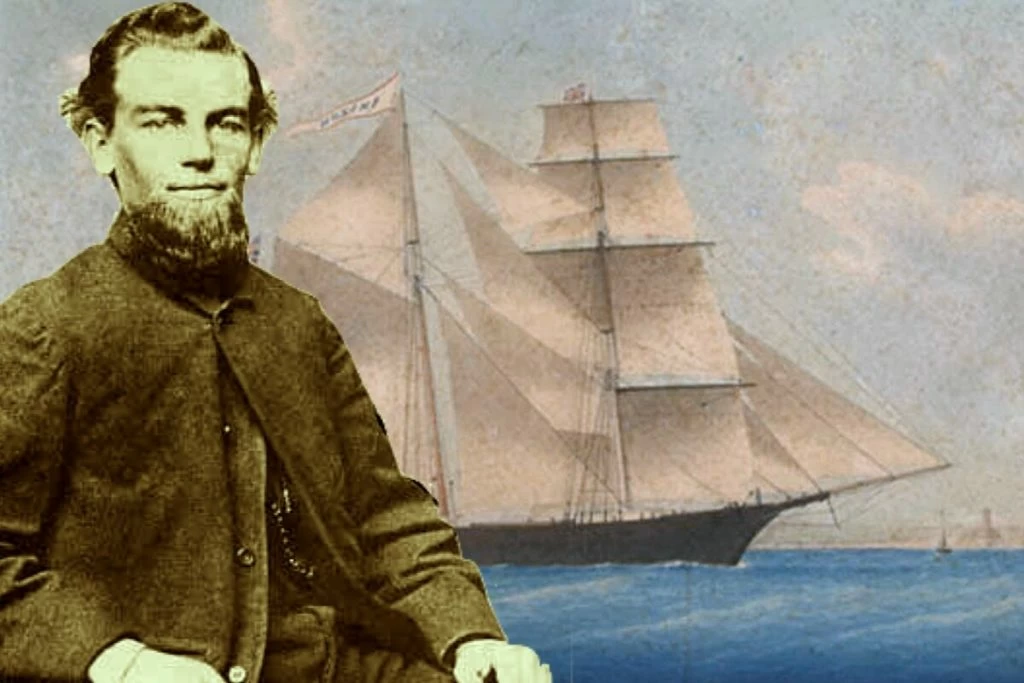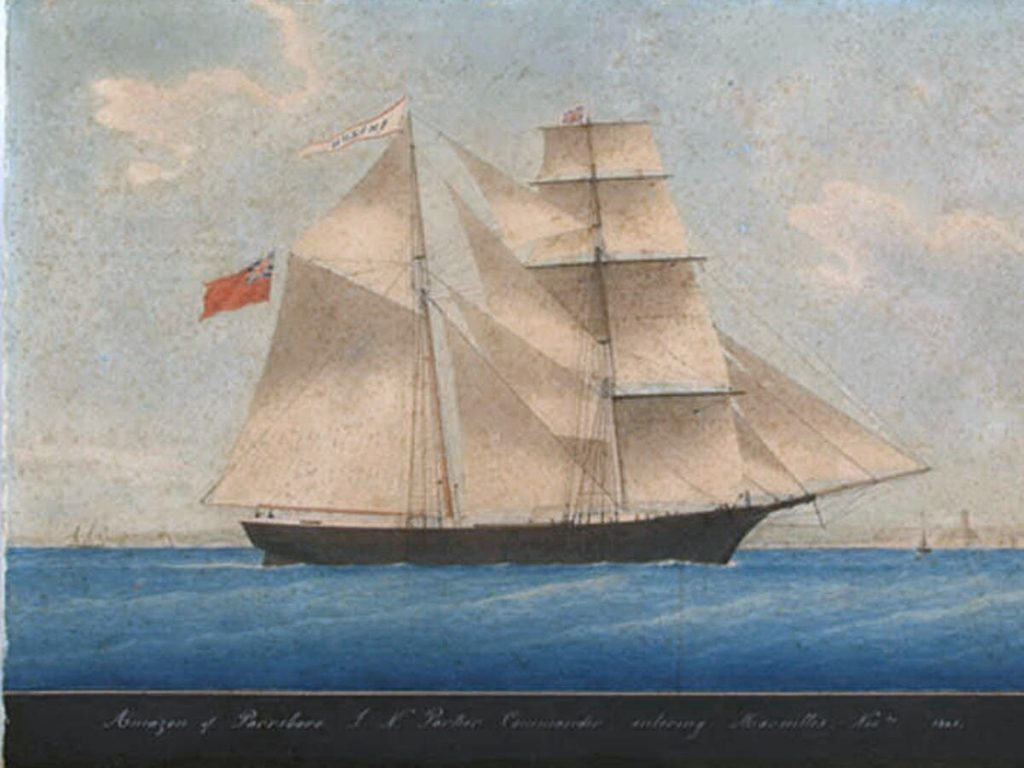On December 4, 1872, seaman John Johnson of the Dei Gratia ship informed Captain Morehouse that he spotted a vessel off the port bow, 38°20′ N 17º 15′ W and 600 miles west of Portugal. As this vessel drew closer to the Dei Gratia they noticed that only three sails were still set. The remainder of the sails had either been blown away or not raised. Something seemed amiss and after repeated attempts to contact the members of this ship, Captain Morehouse ordered three sailors to board her for inspection. As the sailors rowed toward the ship, they noticed the name Mary Celeste New York written on the stern.

Vanished Crew
Mary Celeste was approximately 100 feet long with an ornamental scroll on her bow. She was built in Nova Scotia in 1860 and was originally named the Amazon. She displaced 280 tons and was a half brig. When the sailors climbed on board, they realized it was unmanned. The vessel revealed minimal damage but overall in proper mechanical condition. The only thing that initially seemed out of place was that the lifeboat was gone. The captain’s bed was unmade and toys laid on the deck. In the ship’s log, the last note indicated the time and date of 8:00 am, November 25, 1872. It also said all conditions were normal and that they were near the Azores, approximately six miles from the island of Santa Maria.
After a thorough search, the crew realized the chronometer, sextant, navigation book, and ship register were absent. The rigging was in disorder, the binnacle had toppled, and the steering compass was smashed. They found a six month supply of food and fresh water and a cargo consisting of 1,701 full barrels of raw alcohol destined for Genoa, Italy. The bilge contained only about 3-4 feet of water. The ship’s crew and passenger’s lockers still contained their clothing.
Legends and Sightings of the Flying Dutchman
When the sailors returned to the Dei Gratia, they briefed Captain Morehouse on the results of their search. Ironically, Captain Morehouse knew the captain of the Mary Celeste as Captain Benjamin Spooner Biggs, 37, and his spouse, Sarah. In fact, Captain Morehouse had dinner with the Biggs the day before the Mary Celeste set sail from Pier 44 from New York City’s East River on that fateful Tuesday, November 5, 1872. The Biggs had mentioned that their two-year-old daughter, Sophia Matilda, would be sailing with them. Biggs had also mentioned how pleased he was with his new, professional crew.

Captain Morehouse split up his crew. One group sailed the Mary Celeste, and the other took the Dei Gratia to Gibraltar for her salvage.
Many theories surfaced as to what happened to the crew of Mary Celeste, but the mystery remained unsolved.
Discovery of the Mary Celeste
On August 9, 2001, Clive Cussler, best-selling novelist and adventurer, representing the National Underwater & Marine Agency (NUMA), and John Davis, president of ECO-NOVA Productions of Canada, announced that they had discovered the remains of Mary Celeste on a reef off the coast of Haiti.
Davis explained, “the ship sailed under different owners for twelve years, until her last captain loaded her with a cargo of cheap rubber boots and cat food before deliberately sinking her, and then filing an exorbitant insurance claim for an exotic cargo that never existed. Unfortunately, for the captain his plan fell apart after running the ship onto Rochelais Reef in Haiti, the ship hung up on the coral and refused to sink. Insurance inspectors investigated and found the worthless cargo. The captain and his first mate were later convicted on charges of what was then known as barratry.”
References: NUMA, CDNN, The Mary Celeste: An Unsolved Mystery from History, After the Storm: True Stories of Disaster and Recovery at Sea.